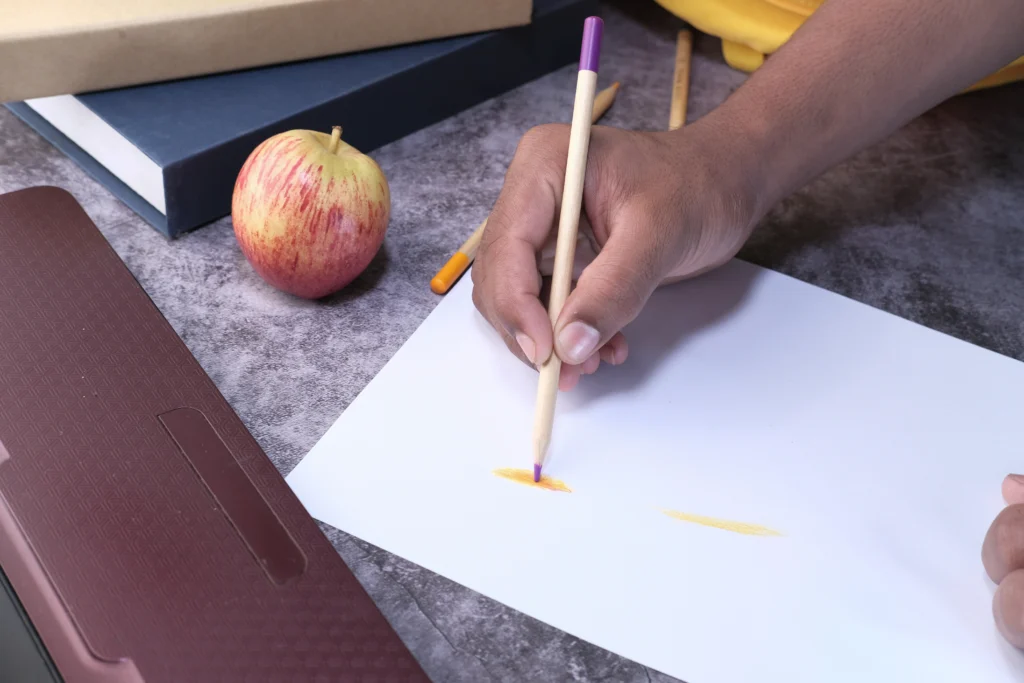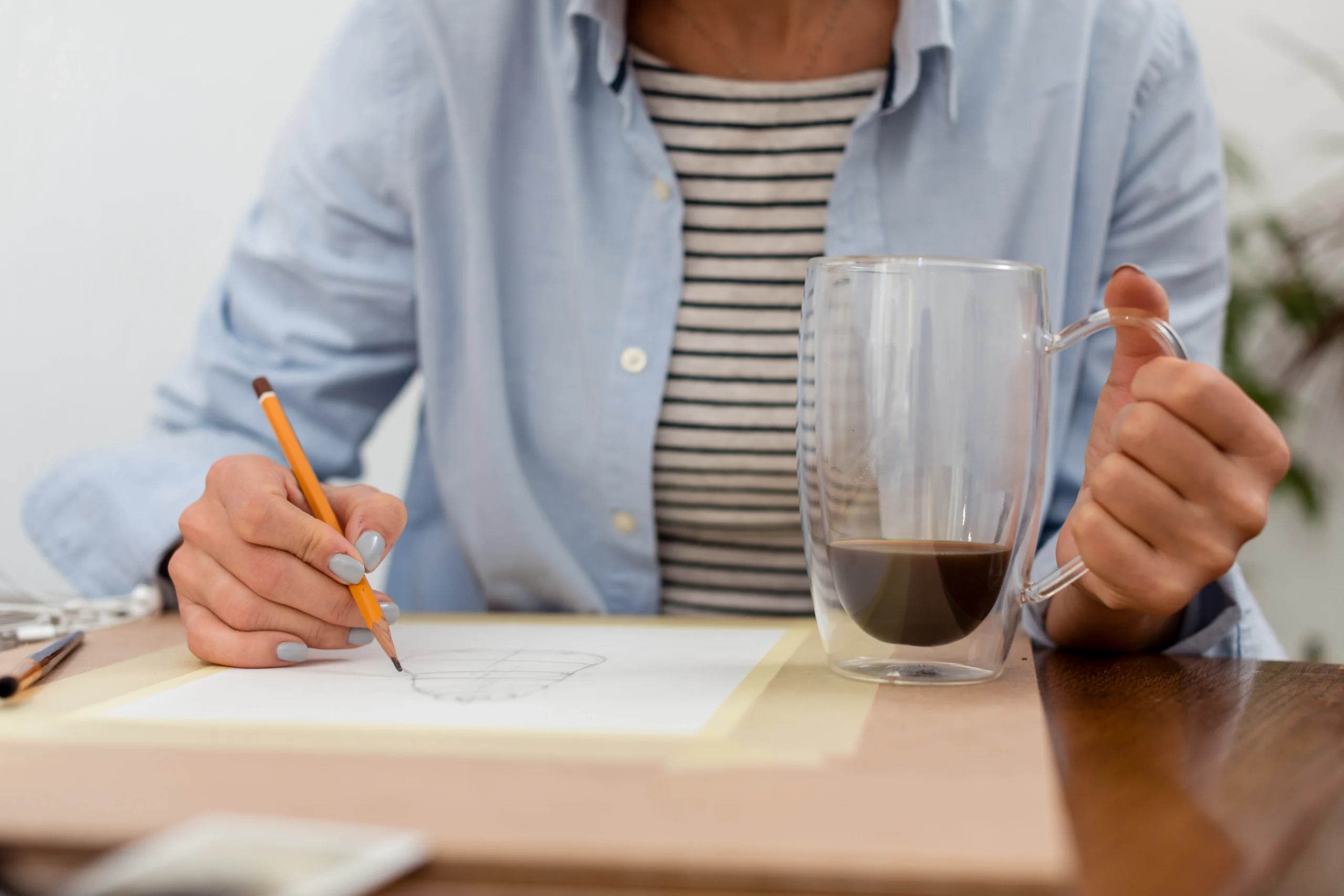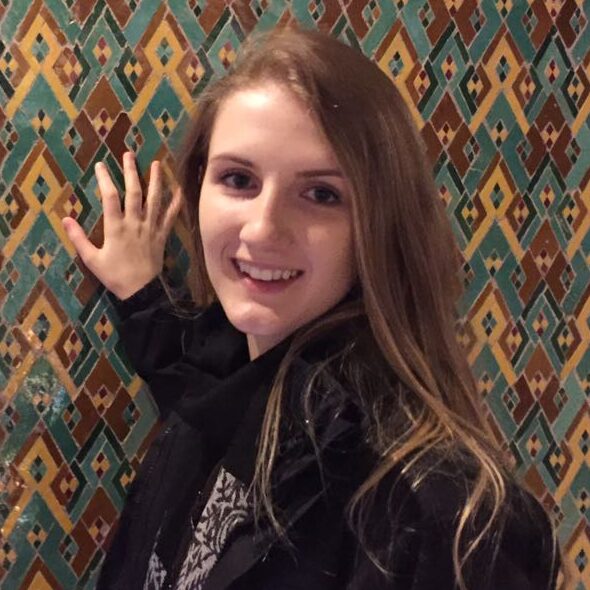What is Visual Unconditioning?
We live in a world where, often, we see things automatically. Our perception is often shaped by past experiences, memories, and, of course, by societal patterns. This makes us view things superficially, without really understanding the essence of what we are observing. Visual unconditioning is the process of “unlearning” this automatic look, and one of the most powerful ways to do this is through drawing.
In this article, we’ll explore how the simple act of drawing – especially observational drawing, where we focus on the smallest details or common objects seen from unusual angles – can reprogram the way we perceive the world around us. The goal isn’t to “see better,” but to unlearn the conditioned, superficial look that society imposes on us, allowing us to see the world with more clarity and depth.
How the Brain “Fills” Visual Gaps
Before we start drawing, it’s important to understand how the brain processes visual information. When we look at an object or scene, our brain automatically fills in gaps, makes assumptions, and interprets what we see based on prior knowledge. This process is a way to save energy since the brain doesn’t need to process every single detail of each object we see – it simply makes a “quick read” and creates an image based on previous patterns.
For example, when you look at a chair, your brain doesn’t register every detail – like the small reflections in the wood or the imperfections in the fabric. Instead, it “recognizes” the chair quickly based on your prior experience with that object.
The problem is, this “filling in” process often prevents us from seeing things as they truly are. When we draw – especially focusing on the smallest details or everyday objects seen from unusual angles – we force the brain to stop filling in the gaps and look at reality in a rawer way, without filters.
Drawing as a Tool for Cognitive Unconditioning
Observational drawing forces us to slow down and pay attention to the details we normally overlook. When we try to draw an object accurately, we’re challenged to see beyond what we already know. Every line, shadow, and form we try to capture on paper requires a deeper, more conscious attention.
Unlearning the Automatic Gaze
One of the greatest benefits of drawing is unlearning the automatic gaze imposed by society. We are so accustomed to seeing things superficially – an object is just an object, a person is just a person – that we often don’t notice the beauty or complexity around us. Drawing forces us to slow down and observe, allowing us to perceive the subtleties of an object or scene.
Drawing with Raw Reality
When we draw, we are not just reproducing what we see. We are “unconditioning” our minds to see without the distortions of memory or prejudice. Drawing challenges us to see the world as it really is, without the automatic interpretations we make based on past experiences. By focusing on common objects, like an apple or a chair, we can notice details we never saw before. Drawing, therefore, allows us to observe the world in a more honest and authentic way.

Exercises for Visual Unconditioning
Now that we understand the power of drawing for unconditioning our vision, let’s explore some practical exercises that can help enhance this skill.
Exercise 1: Blind Drawing
Blind drawing is a simple and effective exercise to force the brain to see without the help of memory or automatic filters. To do this, choose a simple object in front of you, like a cup or a fruit, and draw it without looking at the paper. The goal is not to make a perfect drawing but to focus on observing the object carefully. Without the usual gaze of judgment and analysis, you’ll notice details that you normally wouldn’t.
Exercise 2: Continuous Contour Drawing
Continuous contour drawing is another powerful exercise that helps improve visual perception. In this exercise, you will draw an object without lifting your pencil from the paper, which forces you to observe and follow the contours of the object with more attention. Don’t worry about precision – the goal here is to notice the shapes and lines in a way that your automatic gaze does not allow.
Exercise 3: Drawing Everyday Objects from Unusual Angles
Sometimes, we see the world so conditioned that we fail to notice the beauty right in front of us. Try picking up a common object – like a pair of glasses, a pen, or a cup – and drawing it from an unusual angle. Look at it from above, below, or sideways, and practice capturing this new perspective on paper. This exercise will help you “unlearn” the superficial gaze we have over objects and, instead, notice the forms and details that truly belong to them.
Exercise 4: Drawing Shadows and Minute Details
Choose a simple object and try to draw all the details of its shadows. Focus on observing the variations of light and shadow and how they interact with the object’s shape. This exercise not only improves drawing technique but also helps enhance your ability to observe subtle details that we usually overlook.
How Drawing Can Transform Your Perception of the World
By practicing these exercises, you not only improve your drawing skills but also begin to transform the way you see the world. Drawing helps us slow down and perceive the details that would otherwise be invisible. It allows us to see raw reality, without the automatic filters of memory or society.
What’s interesting is that, over time, this new way of seeing can start to influence other areas of your life. When we become more attentive to the details around us, we begin to see the world in a richer, more nuanced way.
Drawing as Visual Reprogramming
Drawing is a powerful tool for visual unconditioning, allowing us to see the world in a deeper and more authentic way. By practicing simple drawing exercises, we can train our minds to slow down, observe, and perceive the world with more clarity, free from the automatic filters imposed by society.
Now, it’s your turn to try the exercises and experience how drawing can transform the way you see the world around you. So, why not grab a pencil and start drawing? The world is waiting to be seen in a new way.


1 comentário em “Drawing as a Tool for Visual Unconditioning”